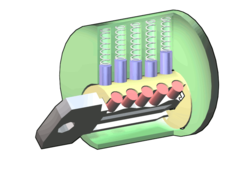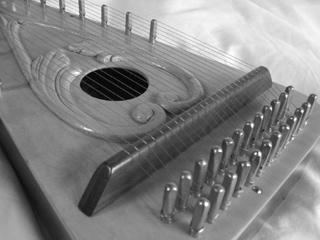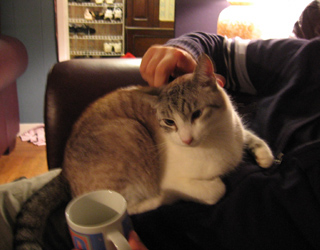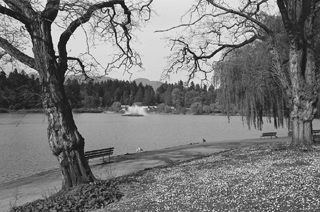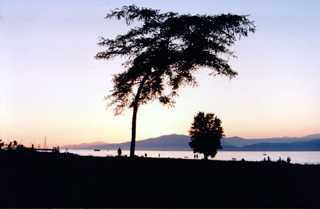To those who retain faith in mechanical pin and tumbler locks, a bit of information on the bump key as a means of picking them may unsettle you. It’s a hot topic on many of the news aggregation sites online at the moment (Metafilter and Engadget 1 and 2, for instance), but those who don’t frequent such sites may find it helpful to know. Perhaps the biggest issue is that this technique does not produce signs of forced entry, which may cause problems when making insurance claims.
This Dutch television segment shows how absurdly easy it is to open even quite expensive locks using a key cut in a particular way, an object to whack it with, and no skill whatsoever. Definitely enough to make a person fearful for their laptop, music equipment, etc. That is especially true in an area that has as high a burglary rate as North Oxford. Just last night, Emily saw someone trying to get into her flat. Thankfully, the front door of our flat uses horizontally-oriented “dimple” keys (Mul-T-Lock brand), that are somewhat less vulnerable to this attack (see the last PDF linked at the bottom of this post). Even so, our internal doors, as well as basically all the ones in Wadham College, use the pin and tumbler design vulnerable to bumping. Here is another video on how to make and use a bump-key. Apparantly, anyone with a file, a reasonably steady hand, and a bit of time can make their own.
The alternatives generally advanced to get around such vulnerabilities are other sorts of mechanical locks, electronic access control systems, or systems that use both mechanical and electronic elements (a system used increasingly often in cars). While they do have problems of their own, electronic access control systems do have many appealing features. In particular, if one were to use low-cost RFID tags or simple swipe-cards with a pre-set code as an authentication token, it would be easy to maintain a database of allowed and disallowed keys. If you lost your keys, you could disable that one and issue yourself a new one. Likewise, temporary keys could be issued to people, and restrictions could be placed upon the hours at which certain keys could be used. Features like these are what make keycard based systems so appealing, as well as common in commercial settings.
The first downside of such conversion is cost: replacing locks is expensive. Secondly, such systems are open to other kinds of attacks that people may not understand as easily. Thirdly, if an electronic lock fails in a profound way (no longer responds to authentication tokens), you have little choice but to break down the door or saw through the frame and bolt. Once again, the nature of security as a perpetual trade-off is demonstrated.
More detailed information (PDF) on key bumping is available from Security.org. Also, from The Open Organization of Lockpickers (TOOOL) (PDF).

